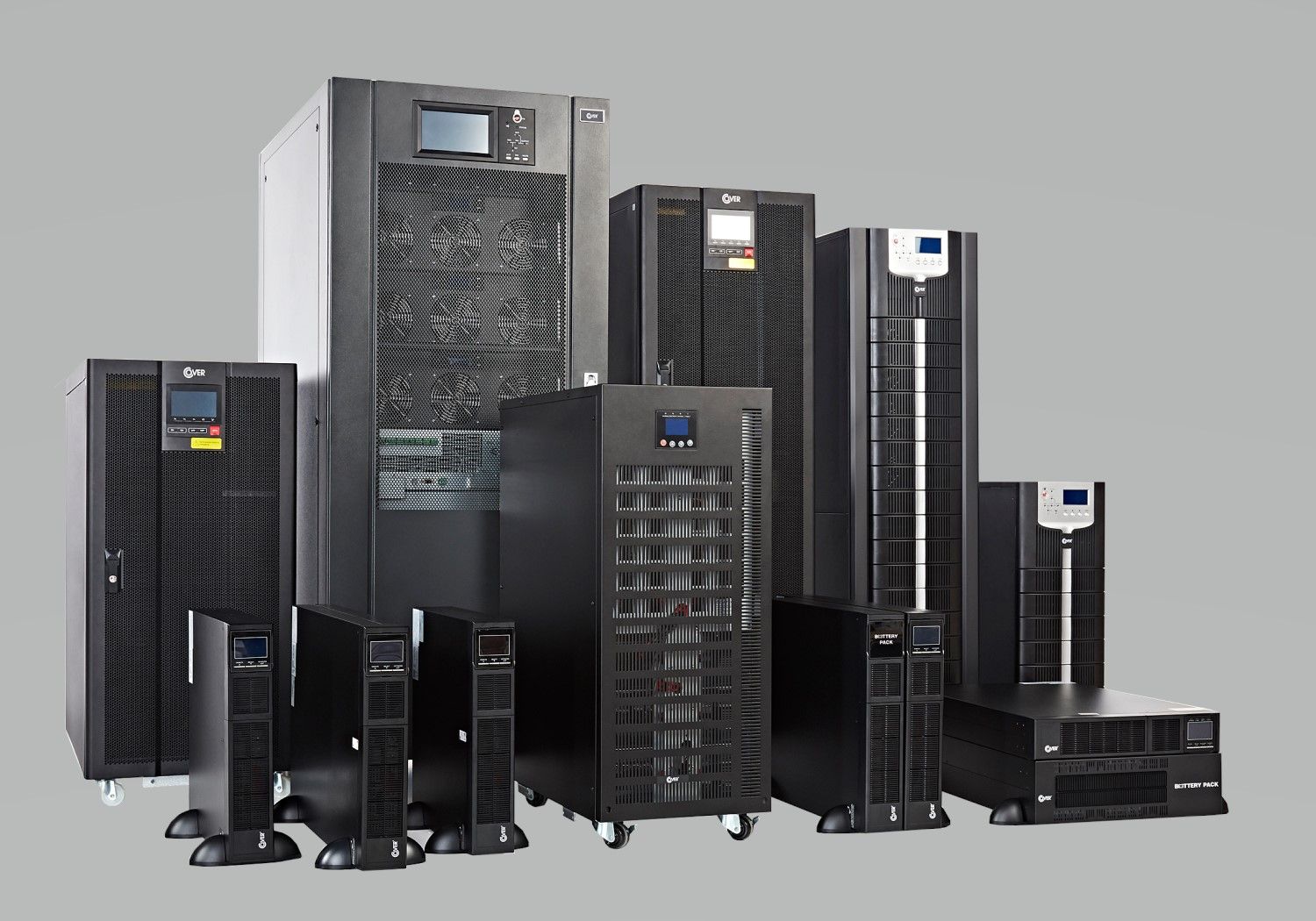|
In 2023, National Grid reported that zero-carbon power sources account for 51% of Britain’s electricity mix. While this is great news for the planet, many renewable distributed energy resources (DERs) still produce inconsistent power outputs. Uninterruptible power supplies (UPS) can help sites maintain a consistent supply during disturbances. Here Brian Preston, general manager at elevator and UPS specialist, CP Automation, explains how operators can prevent downtime by selecting and maintaining an appropriate UPS system. The 2022 Uptime Institute Global Data Centre Survey reported that power-related outages accounted for 43% of outages causing downtime or significant financial loss. The survey also reported that the biggest cause of power incidents is non-maintained UPS failures, followed by transfer switch and generator failures. Data centres, elevators and hospitals are prime examples of locations where power disruption can be catastrophic. While diesel generators are a tried and tested source of backup power, they can take up to 30 seconds to come online after a power loss. This is unacceptable if, for instance, patients awaiting theatre are then stuck in an elevator in a hospital. In contrast, a UPS output is always available, so it quickly kicks into life when a loss of mains power is detected. This battery power is then fed through an inverter in order to generate a supplementary supply. Sizing up When specifying a UPS system, it’s important to size the system according to the power demand of the application and expected run time. UPS sizes can range from as small as 1 kVA up to 80 kVA and beyond, and proper sizing can mitigate the risk of batteries running low during operation. If a UPS has been sized to run for an hour, including the time that it’s stationary, it should be able to run for the full hour without failure. To start the sizing process, operators should list all the equipment and devices that they want the UPS to protect along with their power required for reliable operation in all loaded conditions. This is then used to determine the total VoltAmps (VA), that the UPS needs to supply. The next step is to define how long the UPS should be in operation and this will then dictate the battery requirements. Remote monitoring Remote monitoring and servicing features, such as low-battery alarms, can help operators monitor the status of their UPS from afar. Remote monitoring systems allow for immediate fault detection so if there is an issue with the UPS system, operators are alerted even if it is out-of-hours. For instance, if the batteries are low in a UPS installed in an elevator system, this information can be immediately displayed on a desktop device or fed into a control system via a volt free contact, enabling the operator to pause elevator operations until the batteries are fully functional again, preventing any failures during a journey. Some UPS systems such as the ARD CORE single phase have automatic start-up, ensuring maintenance-free operation even after the unit has been switched off after an extended mains failure. Automatic diagnostics can ensure that components and parameters are controlled without user interference and can be monitored remotely. Using remote monitoring, the operator can identify any issues and rectify them before they grow to the point where a specialist is required. Maintaining the system To ensure the UPS will operate when needed, it is critical that operators must regularly maintain their UPS. They can usually carry out basic servicing on smaller, single-phase systems themselves. However, because of their complexity and size, a maintenance specialist such as CPA should service any three-phase UPS units, at least on an annual basis. With the number of zero-carbon power sources on the rise, the need for supply contingency is crucial, so UPS systems will always have an important role in hospitals, data centres and other facilities. Selecting the right system and regularly maintaining it is crucial for operators to avoid unplanned outages and, in the case of elevators, ensuring passenger comfort. CP Automation has an online sizing tool that can help you choose the correct UPS for your application. You can also get in touch with CP Automation and arrange a no-obligation conversation about our UPS solutions. |
Keeping your UPS running




